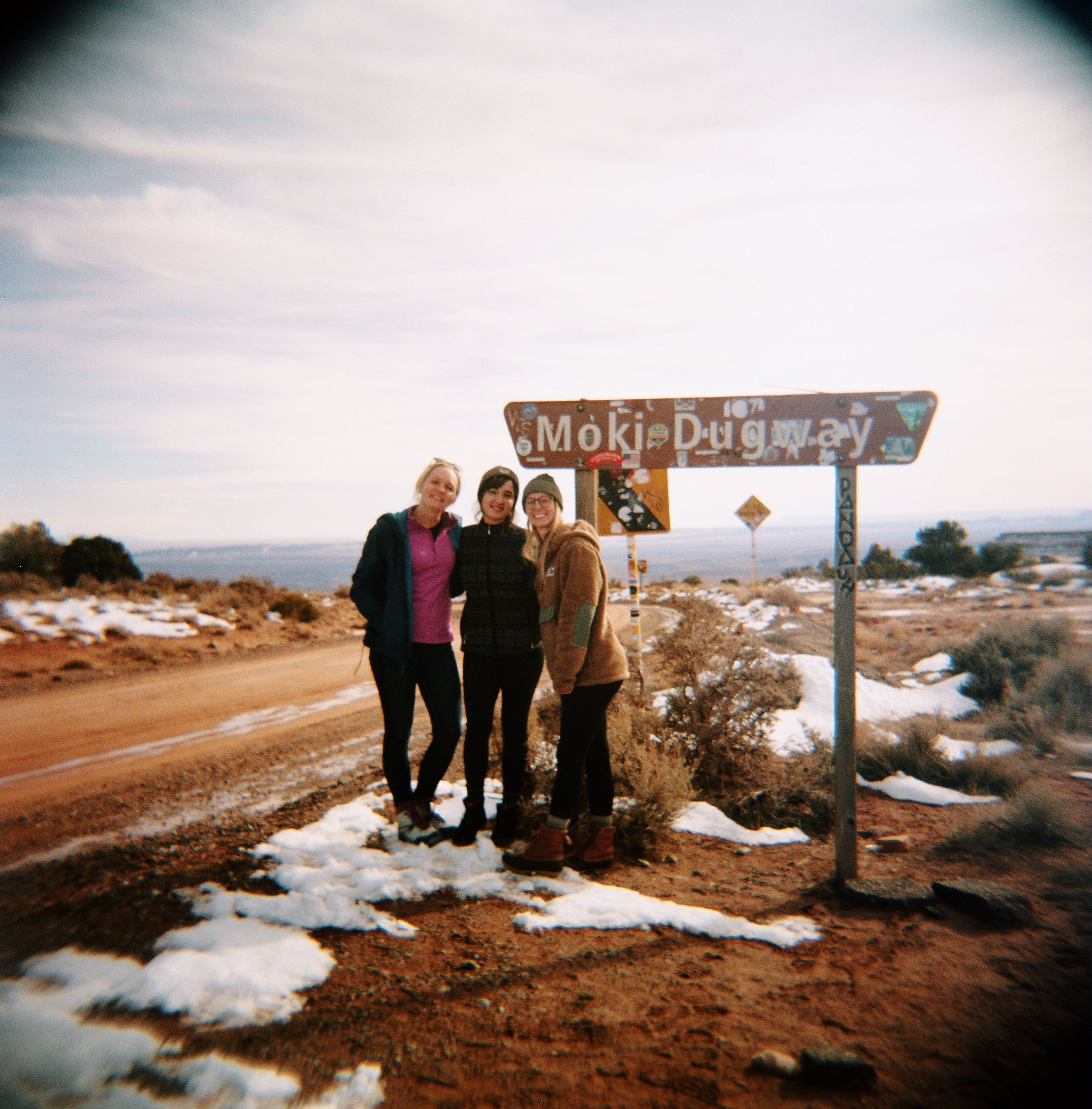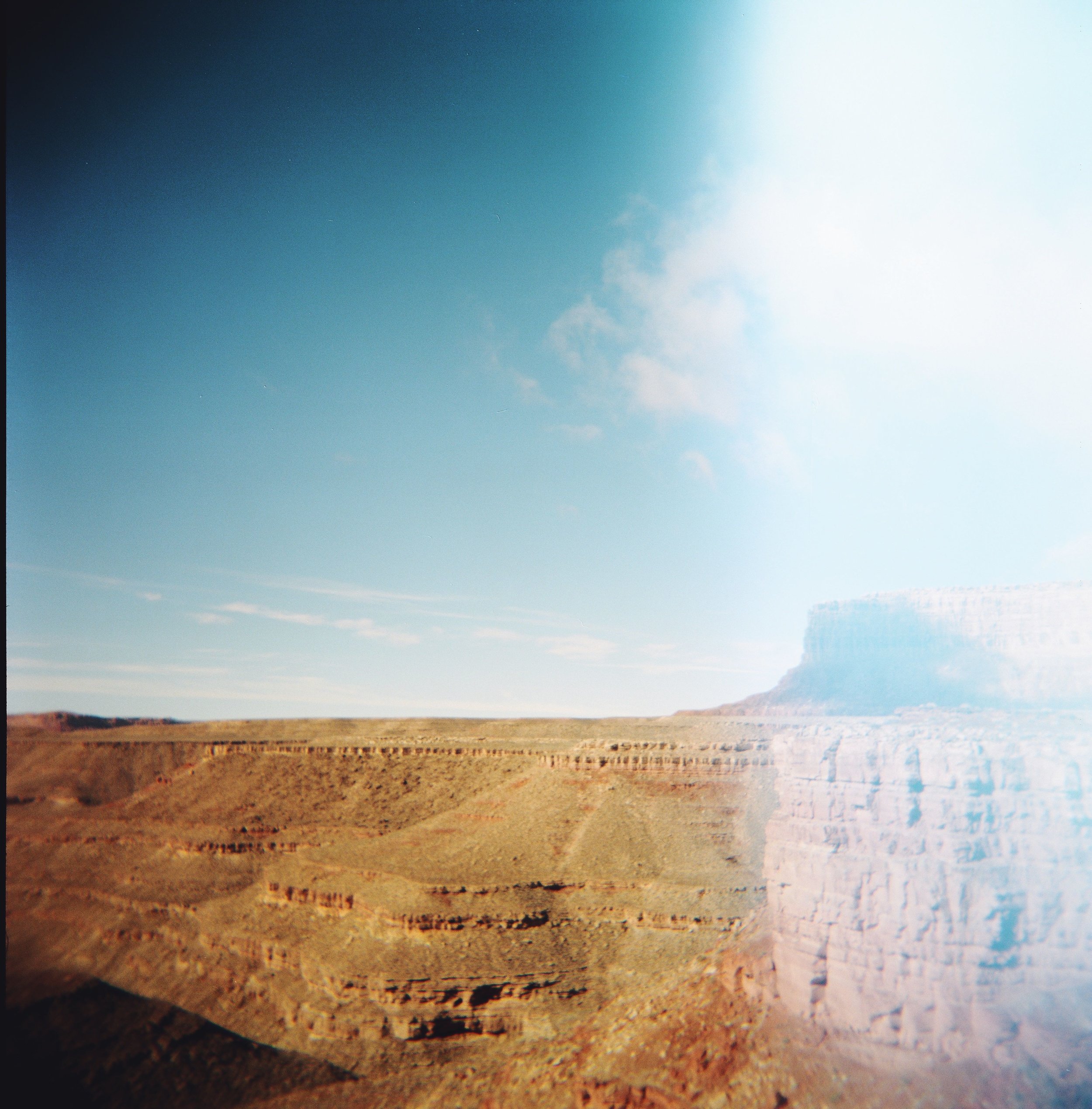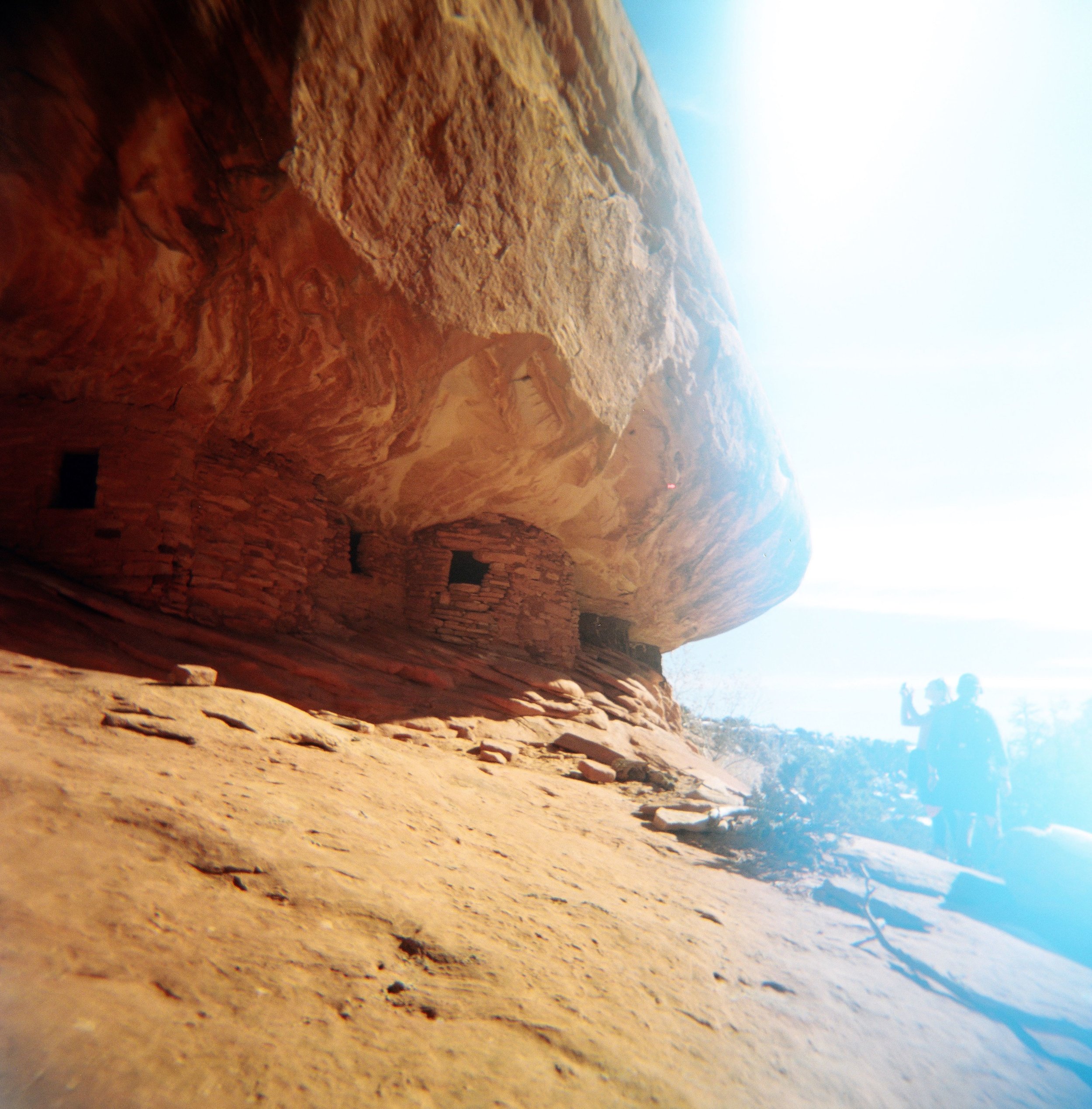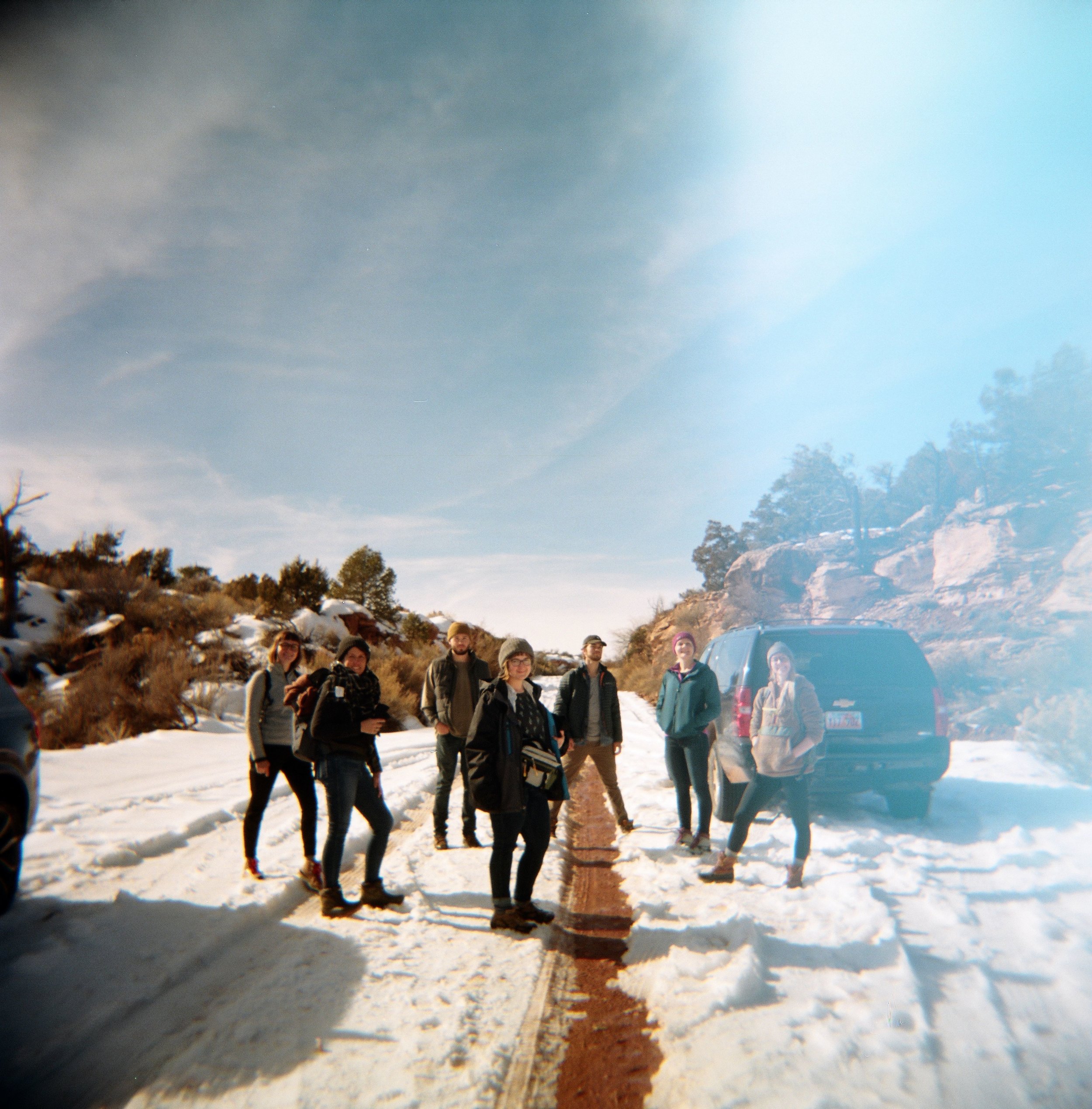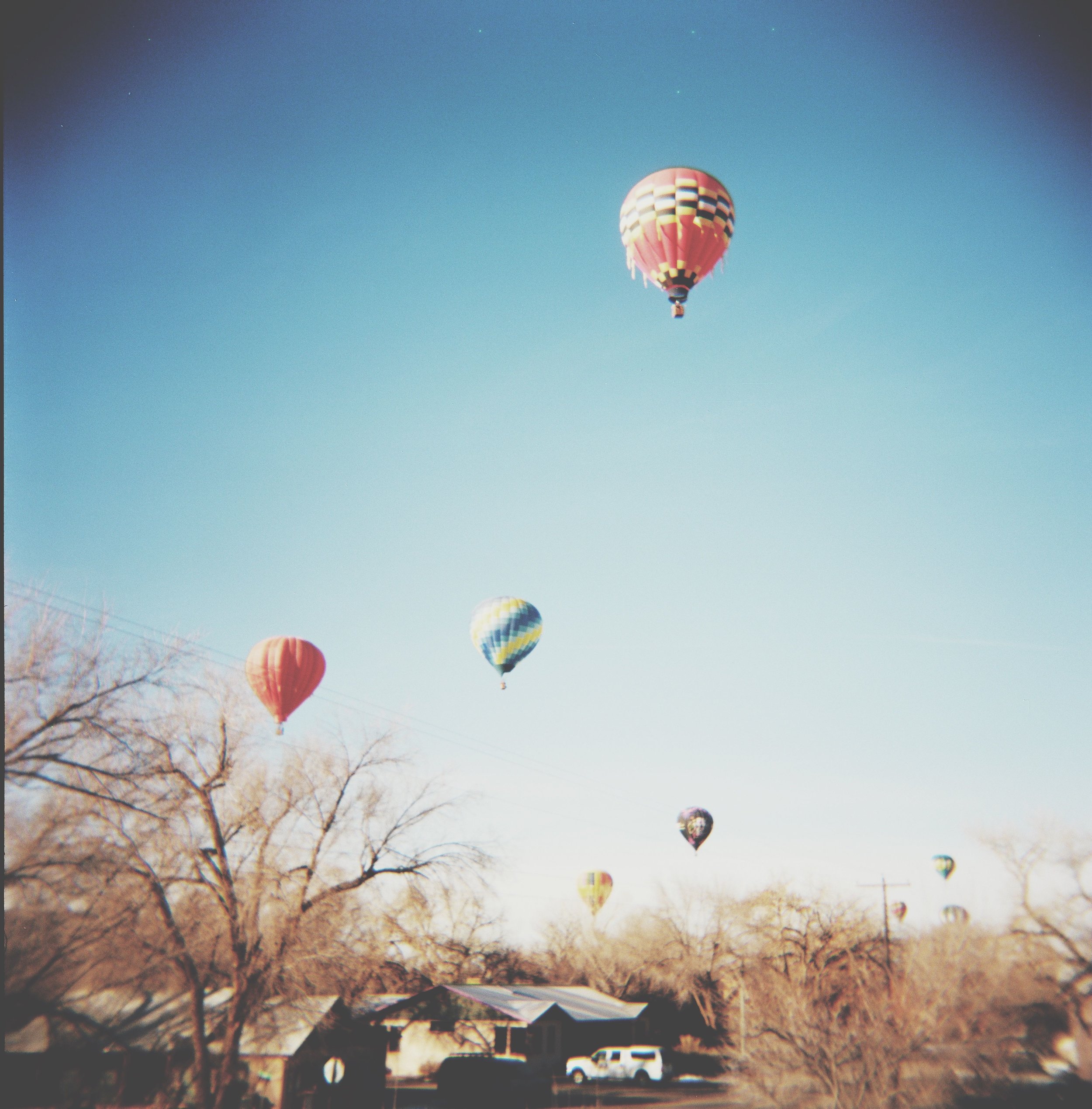We met on Stansbury Island to begin the studio with the austere beauty of a salt desert framed by its memory of ancient waters. Water so massive it’s difficult to imagine. Geological time so endless it’s impossible to comprehend. The front end of the basin and range that stretches in equidistant gasps to the Sierra Nevada is but a threshold on the map, but a long walk by foot across the lake floor.
Read MoreFrom Theory to Implementation: E-Bikes in the BENM
“As current design students many of our projects are heavily based in theory and speculation, however, working with the Bears Ears National Monument Bureau of Land Management (BLM) has pushed us to focus our design efforts on real, actionable products. For the first time in our process, our research had real world implications on the solutions we sought to discover.” - Navarro Guerra (B.S. Design ‘22) & Cody Snow (B.S. Design ‘22)
Read MoreStudio Guests: The Rural Utah Project
“Ideating possible designs for outdoor products through a lens of democratic impacts rather than recreational uses has been powerful, to say the least.” - Tristan Murray B.S. Design ‘22
Read MoreStudio Guest: Angelo Baca
“As the first studio guest we’d had who was able to speak on their own behalf rather than on behalf of an organization, Angelo was able to share his opinions and personal experiences, opening up doors for us in our research to look at the different emotions that are an important part of the Bears Ears region. Along with the personal experiences, he gave his perspective and knowledge as an academic, a filmmaker, and an activist working as the Cultural Resources Coordinator for Utah Diné Bikéyah.” - Roxcy Stanley B.S. Design ‘22
Read MoreField Studio Visits Yellowstone Fall 2019
"Beep, Beep" of the Bison
By Chloe Betts & Ethan Powell
Our Yellowstone Forever instructors asked for volunteers and Ethan and I were the first to raise our hands. Five minutes later the two of us were spinning around in the middle of a field with a giant antenna listening for the “beep beep” of a buffalo. After a few minutes we became convinced the instructors were playing a prank on us.
Nevertheless, we continued pressing buttons, spinning in a circle, and listening for the buffalo’s magic necklace to communicate with us. The instructors told us if we were able to hear the “beep beep” we would be rewarded. The greatest reward of all. We would be able to pick up the buffalo’s poop.
Motivated by the glory and prestige we would experience once we heard the buffalo, we kept spinning. We were the head detectives in a very weird Netflix crime show and we were about to catch the criminal.
Unfortunately, we did not catch the criminal. We could not hear the buffalo. You can’t win them all.
We handed in our badges along with the radio telemetry equipment we were using to locate the collared buffalo and saluted our instructors for the opportunity.
Ethan and I were now jobless, poopless, and ashamed. We did what all jobless, poopless, and ashamed people do and started taking pictures of the buffalo in the distance. Teary eyed we contemplated the one that got away. The mysterious buffalo who was wearing a collar with a radio transmitter. Some scientist somewhere had put that radio collar on that buffalo so they could study her health. And we couldn't find her. We began to sing sad cowboy songs and right as we were going to set up a campfire, our instructor heard the signal through the radio transmitter.
Our entire group gathered around to hear the mystical beeping coming from the antenna. We had all just won the lottery and would now be able to collect our reward. Poop. We collected the bison scat and, basking in glory, delivered it to the lab.
Detective Ethan and I learned a very special lesson that day. I am not exactly sure what that lesson was, but we got to scoop bison poop so it was all worth it.
Adobe features the Field Studio!
Field Studio Experience \ Kirtly Maxfield in Yellowstone National Park
You can visit a place many times and think you are familiar with it. You become more acquainted with the sights, sounds, smells, and spirit of a place the more time you spend there. There is a comfort and familiarity when we think of these places, places that we have been visiting since we were young. That familiarity changes when you adjust the lens through which you are viewing and experiencing this once comfortable place. This is the experience I had when we teamed up with Yellowstone Forever last semester to research and address unique challenges within the park. With each new visit to the park, I was noticing things that I hadn’t before, unique subtleties, vast landscapes, and an interesting relationship between park visitors and the wildlife that calls it home. Looking at the park with these design problems and solutions in mind, I was able to observe my experience with fresh eyes. This perspective allowed me to reevaluate my previous understanding and relationship to this space and develop a new curiosity for it. Yellowstone is known for drawing visitors in with its promises of grand wildlife and picturesque landscapes, a land full of adventure and curiosity. Yellowstone’s mysterious qualities are what initially drove people to this area, the sights astounding them, moving them spiritually and emotionally. Today, Yellowstone has become an attraction, its once unique systems and sights being cheapened by visitor’s lack of respect and understanding. How do we restore visitor’s curiosity, making their visit to the park more of a sacred observation like it was intended to be? We cannot easily change the high volume of visitors that the park experiences every year, but we can influence the lens through which they see this sacred space. With this idea in mind, I focused my efforts of the semester towards building a system that utilized the arts as a new approach to observing and learning about the park. Through this experience, I gained a new appreciation for these wild places, the power they have to draw in millions of people, the impact they leave on us, and the sacred pull that can help build and influence broader themes in our everyday lives.
See Kirtly’s project here.
Analog trip photos by Tamara Oniani
Fieldwork: Cedar Mesa
Design Juniors in the spring product studio with Assistant Professor, Elpitha Tsoutsounakis, spent this past weekend in Bluff, Utah.
Spring 2019: Introduction to Bears Ears National Monument
Students had an amazing experience in the landscape, hiking, and exploring the beautiful Bears Ears National Monument. The studio met with our community partner this semester, Friends of Cedar Mesa, to learn more about their work in preserving public lands. We will be designing experience and product to support ‘Visit with Respect’ education and practice.





















